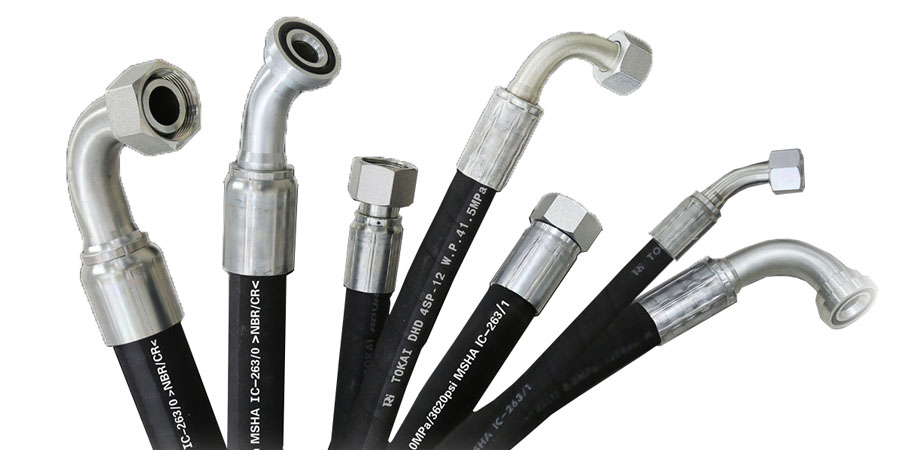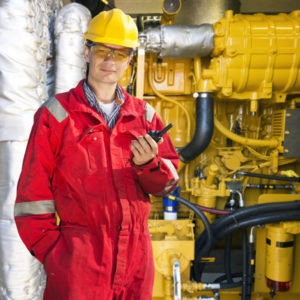It’s easy to take a hydraulic hose for granted. However, have you ever stopped to think about the many aspects that are involved in the design, creation and testing of the best quality hydraulic hoses? In this article, we take a look at some interesting hydraulic hose facts.

- Hydraulic assemblies and hoses are often made from multiple materials. The most commonly-used primary material of construction is rubber. However, materials tend to differ depending on exact requirements in terms of use.
- Hose assemblies are made up of both a hose and hose fittings. Each different component will be independently rated by working pressure. The lowest maximum working pressure between the hose and fittings is the highest maximum pressure for the entire assembly.
- Spiral hose is considered to be more robust than braided. Spiral hose can also be put under higher pressures than its braided counterpart.
- Contemporary hydraulic hose is usually made up of three parts or more. There should be a flexible inner tube that’s fully compatible with the fluid it’s to carry. Additionally, there is a reinforcement layer. There is also an outer layer that’s often abrasion, weather or oil resistant depending on the environment of use.
- Tube vs. hose. Hose is available in longer lengths and is more flexible than tube. Also, it’s easily installed in tight places, insulates heat better, is less likely to corrode and is also more rapidly fabricated than tube. Tube, on the other hand, is useful for a high-vibration environment, to attach to moving parts and when its routed near a source of heat.
- How long a hydraulic hose lasts depends on various factors. There is no exact answer to how long a hydraulic hose might last. If you’re currently on the look-out for a hydraulic fitting, Perth-based experts Hoseright are available 24/7 to help.
Hoseright is the foremost company in the area specialising in industrial hose products. If you’re looking for air hose fittings, Perth-based Hoseright works around the clock to keep your machinery in tip-top condition. Contact the trusted company for hydraulic repairs Perth-based Hoseright.
